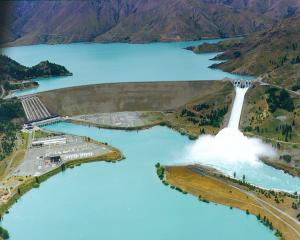
This week, Waitaki District Health Services (WDHS) announced the hospital was now funded for 624 scans a year — 12 scans a week — a jump from just two scans a week previously.
WDHS chairman Chris Swann said the increase was "great news" and a result of a new plan for WDHS under the five-year funding deal for the hospital.
More services would be provided to Waitaki patients closer to home
over the five-year period, but the increased numbers of scans at the hospital was "something tangible that’s happening now", Mr Swann said.
The Siemens Somatom Emotion 16-slice CT scanner at the hospital was bought and installed in 2008 as part of a $1.8million upgrade of the radiology department, this week’s WDHS statement said.
The purchase was made possible by a donation of $1million from the late Mr Sid Hurst, a Lower Waitaki farmer. WDHS chief executive Robert Gonzales said "about a dozen of the most common" scans were performed at the hospital.
Oamaru Hospital remained only the third rural hospital in New Zealand to have this type of scanner.
Waitaki Mayor Gary Kircher said increased funding for scanning was something the council and WDHS had "jointly lobbied for quite a bit".
"It’s something that can be delivered here quite well ... Our waiting lists will be much less than if you have to wait for an appointment in Dunedin.
"I am keen to see as many services delivered here as possible ... rather than what’s been happening, which is that they are delivered in Dunedin because it props up what they are doing. We need good access to services as close as possible when that can be effectively delivered."











